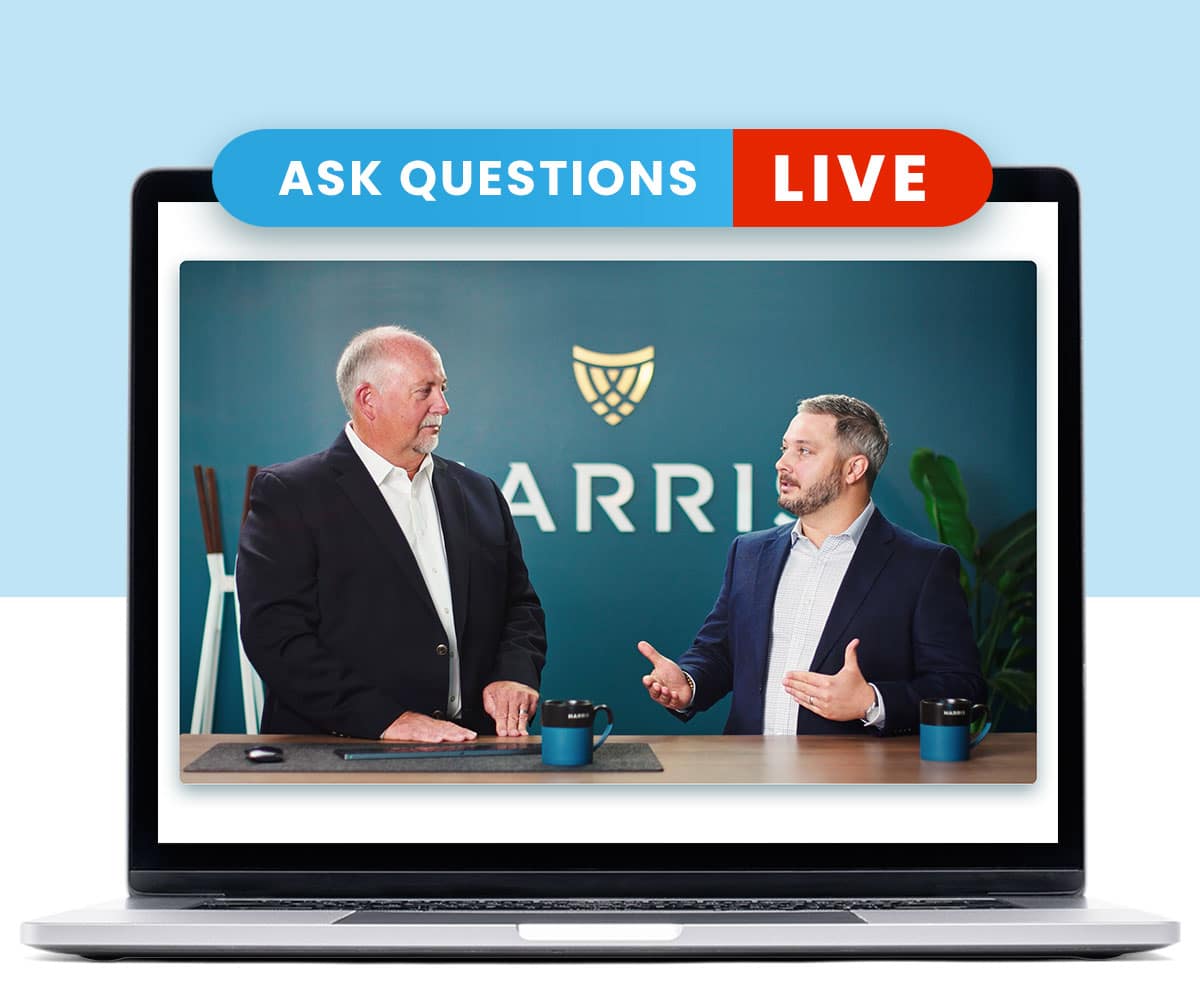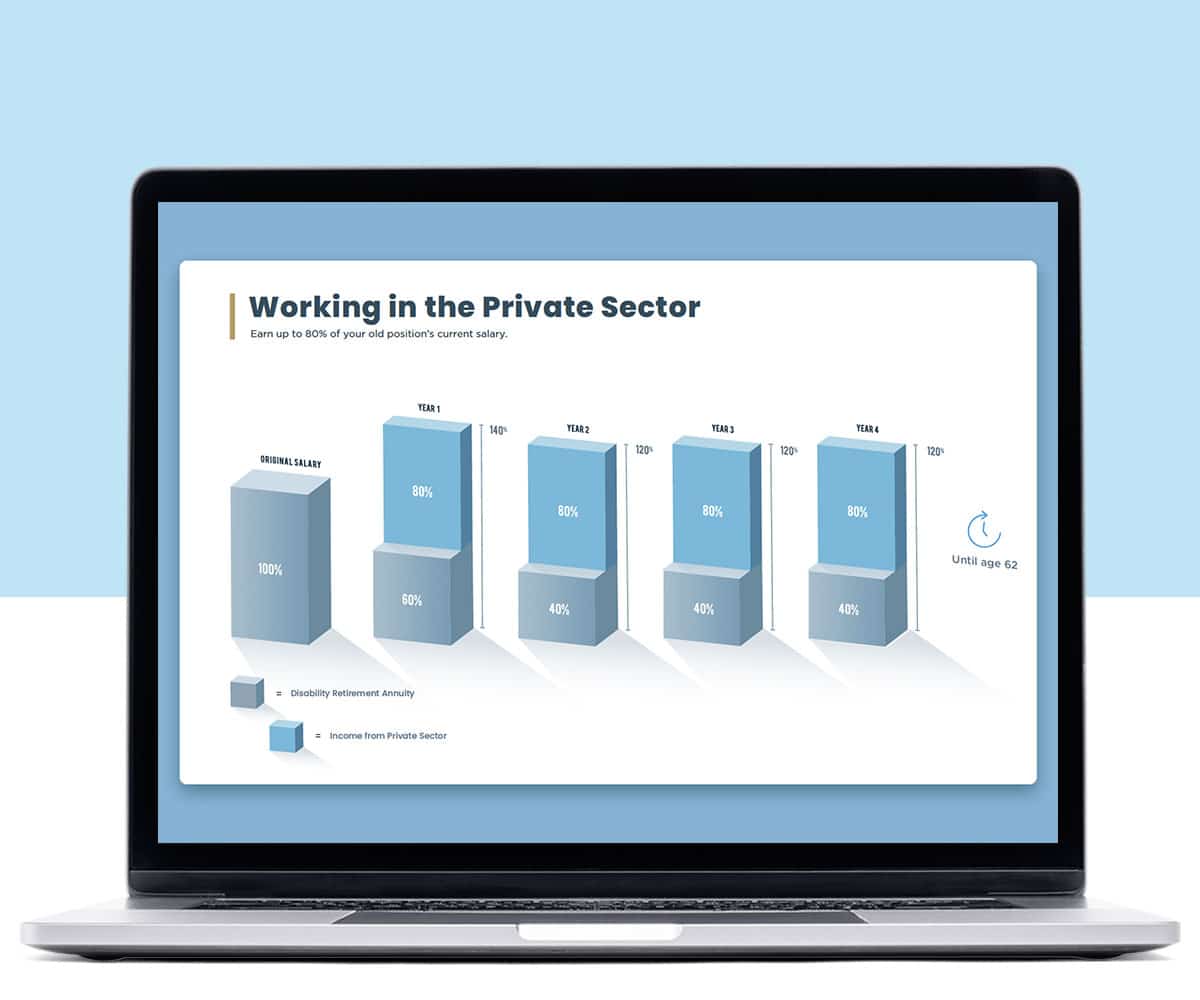
Some experts have declared the Veterans Employment initiative a success in terms of bringing veterans into federal employment. However, now the program is stalling, and those experts say its time to shift focus away from broad hiring initiatives and move toward concentrated efforts for more diverse agencies and increase retention and engagement.
For this reason, the Office of Personnel Management reached out to the Institute for Veterans and Military Families at Syracuse University about a year and a half ago to perform a study and give recommendations on how to move forward.
“If you look at the numbers and the federal government, its done phenomenally well in terms of bringing veterans into federal sector jobs from the launch of the initiative in 2009 all the way up through the latest data we had run, for FY2015,” Nick Armstrong, the Institutes’ Sr. Director for Research and Evaluation said.
Since the start of the program, veterans have accounted for more than 30% of new hires in the federal workforce. Although, Armstrong said, when you dive into those numbers more deeply, you start seeing variations and places where the program could benefit from more targeted efforts.
Veterans were more concentrated in larger agencies, especially those with a military culture or mission, like the Departments of Defense, Veterans Affairs, and Homeland Security. The reason for this may be those larger agencies have better staffed and funded HR departments and are more able to set up veteran employment resource offices completely devoted to that mission. Smaller agencies sometimes only have veteran employment resource officers who might be forced to divide their attention between multiple hiring initiatives.
Agencies also have a difficult time understanding veteran’s skills. “It’s a little bit more nuanced than just trying to plug-and-play or trying to automatically assume that what a service member did in the military is what they want to do or what they can only do in the civilian sector. Part of that is about not necessarily full awareness of appreciation of the full diversity of different skills and occupations that military members fill across the military,” Armstrong said.
Another issue is lack of visibility when it comes to federal jobs veterans can perform. Veterans aren’t always aware of the existence of smaller agencies or their hiring status.
OPM has already made moves to help the situation. They created FedsHireVets.gov to help connect veterans to the full range of federal jobs.
“There’s clearly more opportunity for agencies to be able to communicate the types of opportunities that veterans, or transitioning service members, may find interesting,” Armstrong said. “And also, opportunities to help educate and inform transitioning service members about what those opportunities are beyond the traditional federal agencies where veterans tend to find themselves.”
Agencies with lower numbers of veterans and jobs that don’t align with military skill or experience could investigate workforce development or training programs to entice veterans to expand their professional skillsets.
“This is an opportunity to investigate the initiative and to pick out things of what can be done now to sustain the success and move the initiative forward, particularly on issues beyond just hiring,” Armstrong said.


